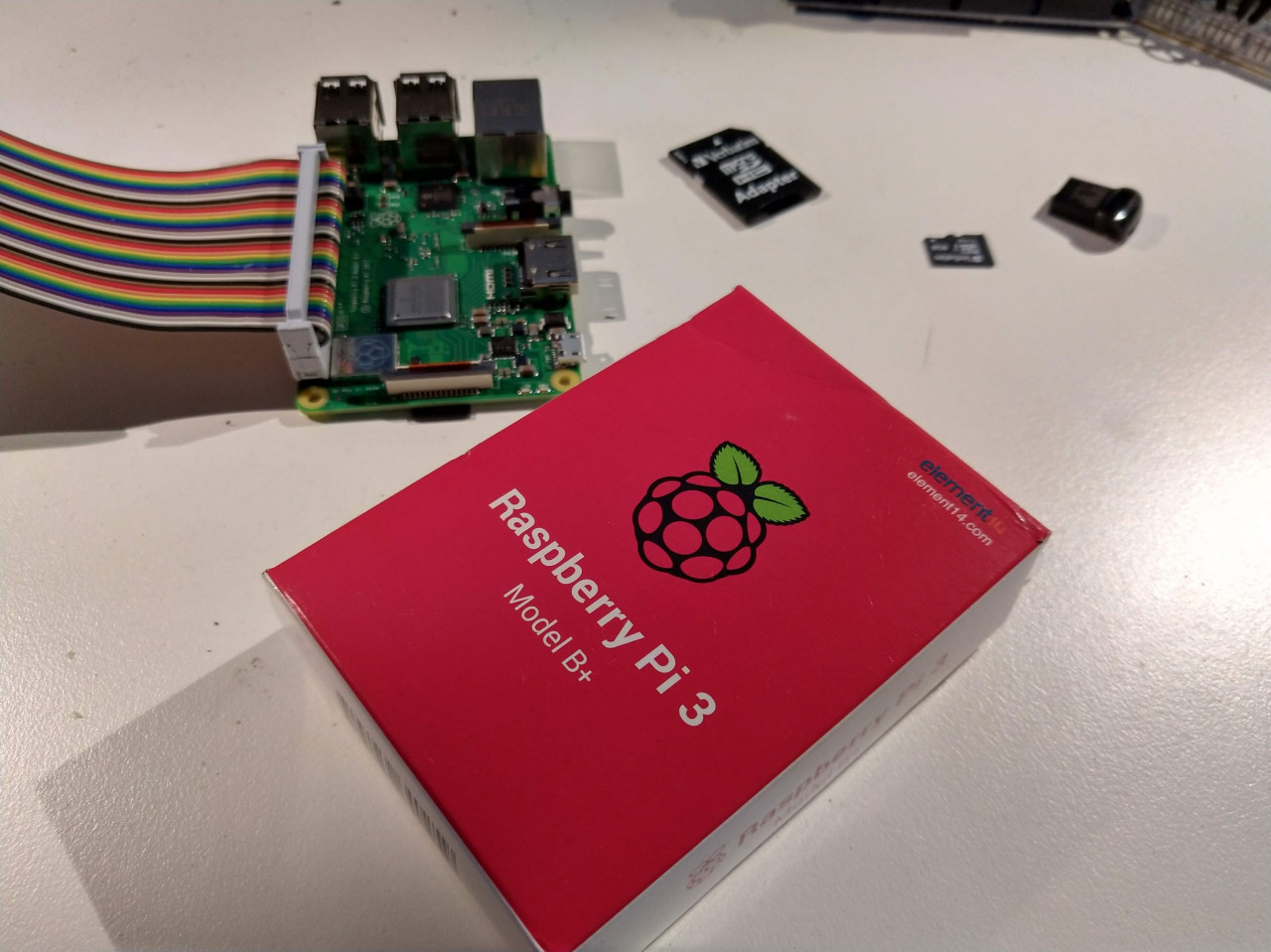- Joined
- May 24, 2020
- Messages
- 51
- Reaction score
- 44
I think when you're within the range your graph is showing it's not really a big issue if you use the heater or not. It's when the sensor is in an environment that's above 80% for long periods of time that it can become stuck and show too high readings.
.....
I have it in a Terrarium setup so Yes its between 70-100% I have no idea how to change the heating interval i think this is an isue for @Ranjib to sort out? XD
What i do know is that i do have a more " correct" reading with the new update. (beatuiful 3 day interval below with 3 spikes of spraying every day!). Ofcourse i do not have 96.21% atm. This would be more 86.21% this time of day. So the sensor works but is 10 knots to high up!
I would not recomend it to be near a fan, this would affect the reading to much! i printed a "cage" for it so it is not directly in the misting. and placed it al the way up to the glas and close with the lamps (hotest spot in the terrarium).
i can not "Hot swap" my current setup. but i like the Idea of printing 2 cages with a "plug" type of connector to switch out the sensors faster! I am not sure how much the frog's would like me to be in the top back corner of the terrarium every week... but with my current setup i could make this work!


















